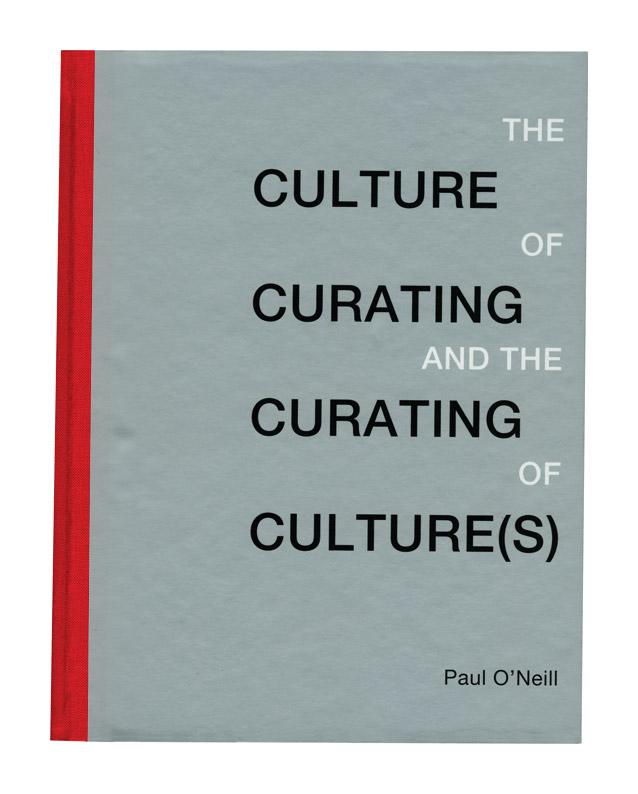There’s no better time to curl up with a book than over the holidays, or on a cold winter’s night—and with so many great art books available this season, it would seem an essential activity. Here are Canadian Art‘s recommendations for the next time you visit your local bookseller or library.
Agnes Martin: Paintings, Writings, Remembrances, Arne Glimcher, Phaidon Press, 282 pp, $165.00
This is a finely crafted collector’s edition likely to stand the test of time. Aside from Phaidon’s remarkably vivid reproductions of Agnes Martin’s paintings and painstaking printed inserts that reproduce hand-written notes and texts, credit goes to author Arne Glimcher, Martin’s Pace Gallery dealer and friend of more than 30 years. For the book, he has gathered personal correspondence that appears for the first time, along with recollections of studio visits in New Mexico, where Martin relocated after leaving New York in 1967. Glimcher’s warm attention brings us close to a reclusive artist sometimes hospitalized for schizophrenia. Nonetheless, she generated paintings of quiet splendour that became celebrated as minimalism took hold of the American art scene. The gap between Martin’s personal circumstances and her paintings can be glimpsed in a photo of her in her New York studio in 1960 that shows her from behind, head to one side, contemplating horizontal bands on a canvas. The studio must be cold: she’s in quilted hunter’s gear. Martin was born in Saskatchewan.
Glittering Images: A Journey Through Art From Egypt to Star Wars, Camille Paglia, Pantheon Books, 224 pp, $34.00
Glittering Images is Camille Paglia’s follow-up to 2006’s Break, Blow, Burn, in which she offered close readings of 43 poems from the English canon. The focus of the new book is Western art. As outlined in the introduction, Paglia wants, following 20th-century generalists like E.H. Gombrich, to bring art and art history back to public discourse and foundational humanities curricula. That said, her choices are highly subjective (there are only 29 works, Diego Velázquez’s and Paul Cézanne’s not among them), and function, above all, as vehicles for her inimitable style and scholarship. (For more on this book, check out David Balzer’s in-depth review.)
Pierre Dorion, Mark Lanctôt, with David Dietcher and Stephen Horne, Musée d’art contemporain de Montréal, 180 pp, $39.95
Companion to the fall show in Montreal, this volume offers an excellent overview of one of Canada’s most enigmatic painters. Pierre Dorion’s figurative painting style borders on the abstract, and the attenuated effect of his subtle paintings lends an air of meditation, if not mourning, to his subjects. He transforms photographic source material into concentrations that materialize recent painting history and layer it with connection to his own life and travels. Ever elegant and restrained, Dorion’s paintings generate an ambiguous picture space where landscape, architecture and light intersect with a spirit of faltering expectation.
Simon Starling, Dieter Roelstraete, Francesco Manacorda and Janet Harbord, Phaidon Press, 160 pp, $49.95
There’s a dizzying logic to the work of British artist Simon Starling. Whether it’s a farmer’s shed transformed into a boat then back into a shed, a steam-powered skiff fed to the point of sinking by its own wooden hull or a replica of a Henry Moore sculpture submerged in Lake Ontario and colonized by zebra mussels, his practice loops and circles through the uncertainties (and, often, absurdities) of history on a journey where, as Starling puts it, “The complexity comes from the detour.” This monograph tracks those detours in a rich selection of interviews, texts and images.
The Culture of Curating and the Curating of Culture(s), Paul O’Neill, MIT Press, 180 pp, $24.95
It’s currently a pop-culture buzzword—applied to everything from Tumblrs to cheese plates—but curation has been integral to exhibition-making since the late 1980s. Here, Paul O’Neill charts the curator’s journey from the sidelines to the spotlight while analyzing the rise of what he calls “curator-centered discourse.” Though one wishes O’Neill (himself an independent curator) spent slightly more space considering the prevalent backlash to the curator-as-art-star phenomenon, the volume makes a convincing case for the artistic significance of curatorial practice.
Materializing Six Years: Lucy R. Lippard and the Emergence of Conceptual Art, edited by Catherine Morris and Vincent Bonin, MIT Press and the Brooklyn Museum, 304 pp, $45.00
This volume offers a critical revisiting of influential art writer Lucy R. Lippard’s 1973 reference book Six Years: The dematerialization of the art object from 1966 to 1972…, exploring the symbiosis between conceptual art as a movement and one of its most important and involved supporters. Essays analyze Lippard’s hands-on role as a curator, critic and activist while providing an overview of the excitement and attempted radicalism of conceptual art.
The Beauty Is Relentless: The Short Movies of Emily Vey Duke and Cooper Battersby, edited by Mike Hoolboom, Museum of Contemporary Canadian Art and Pleasure Dome, 200 pp, $22.00
How to sum up the quirky multimedia work of Syracuse, NY–based Canadian artists Emily Vey Duke and Cooper Battersby—let alone produce a coherent monograph about it? This book makes a lovely, noble attempt, taking as its premise the couple’s “short movies,” but including illustrations, poetry and essays (by Claudia Dey, Jason McBride and others) amid various scripts and synopses.
This article originally appeared as “Readings” in the Winter 2013 issue of Canadian Art. To read more from this issue, please visit its table of contents.









